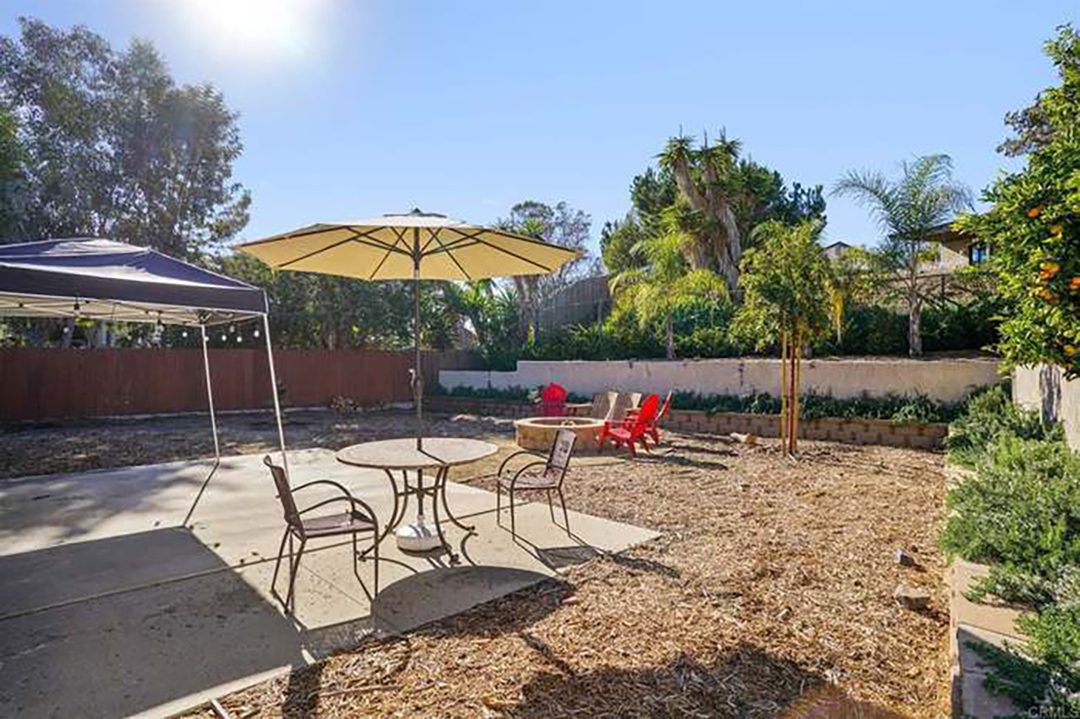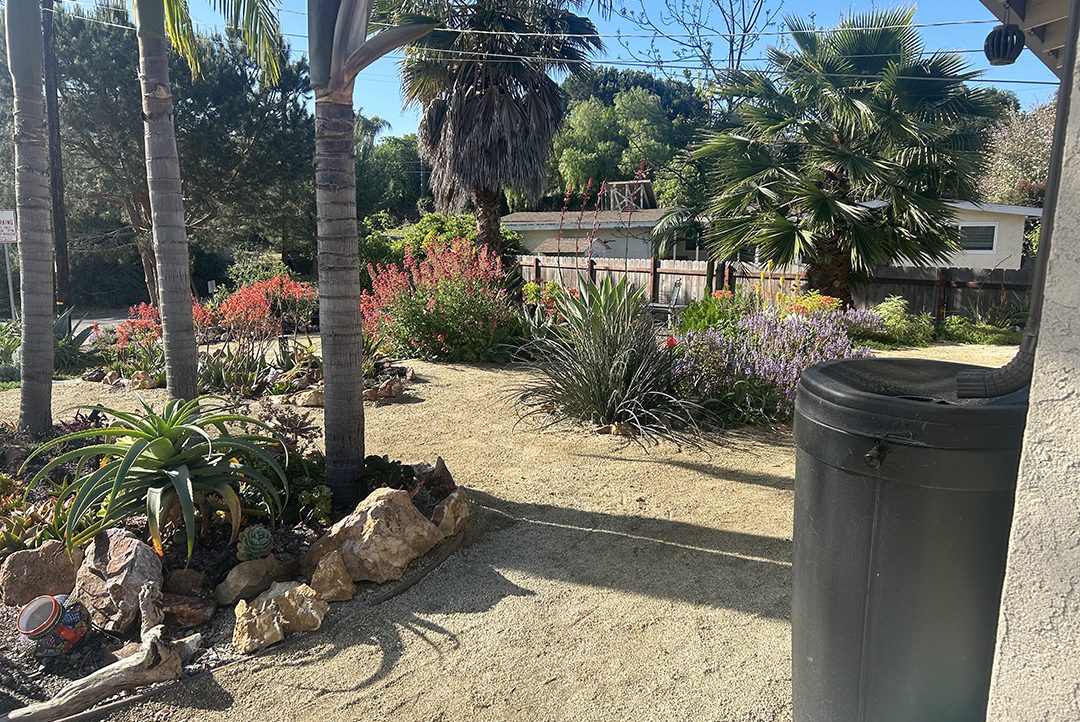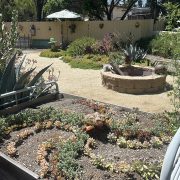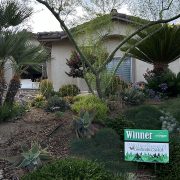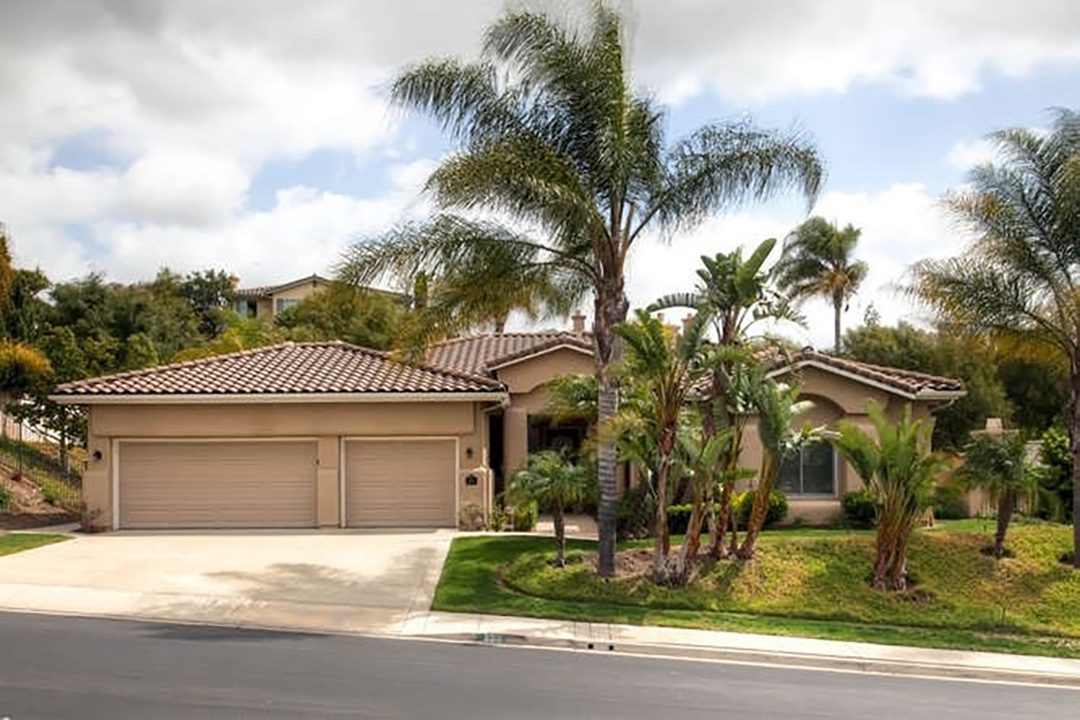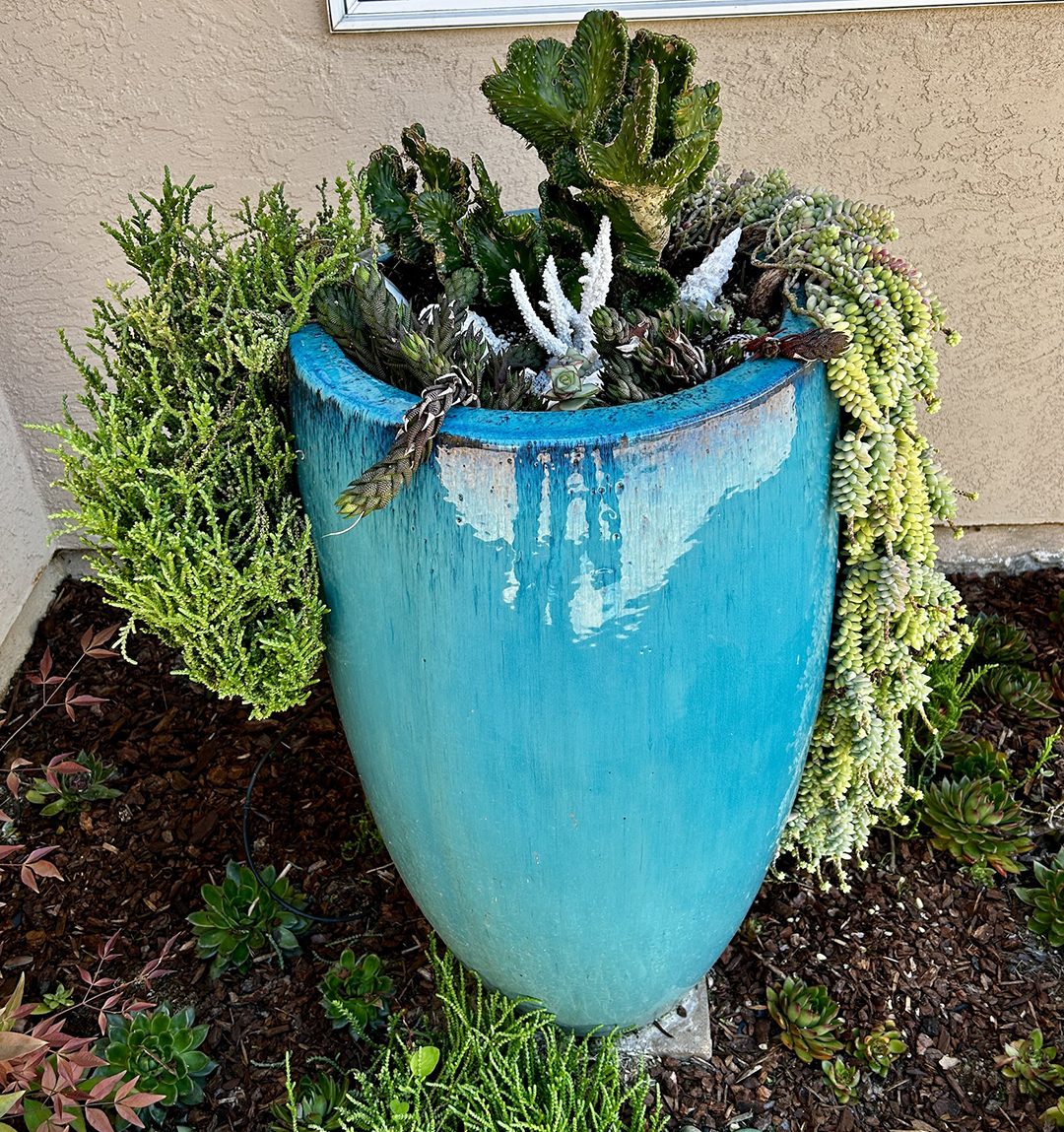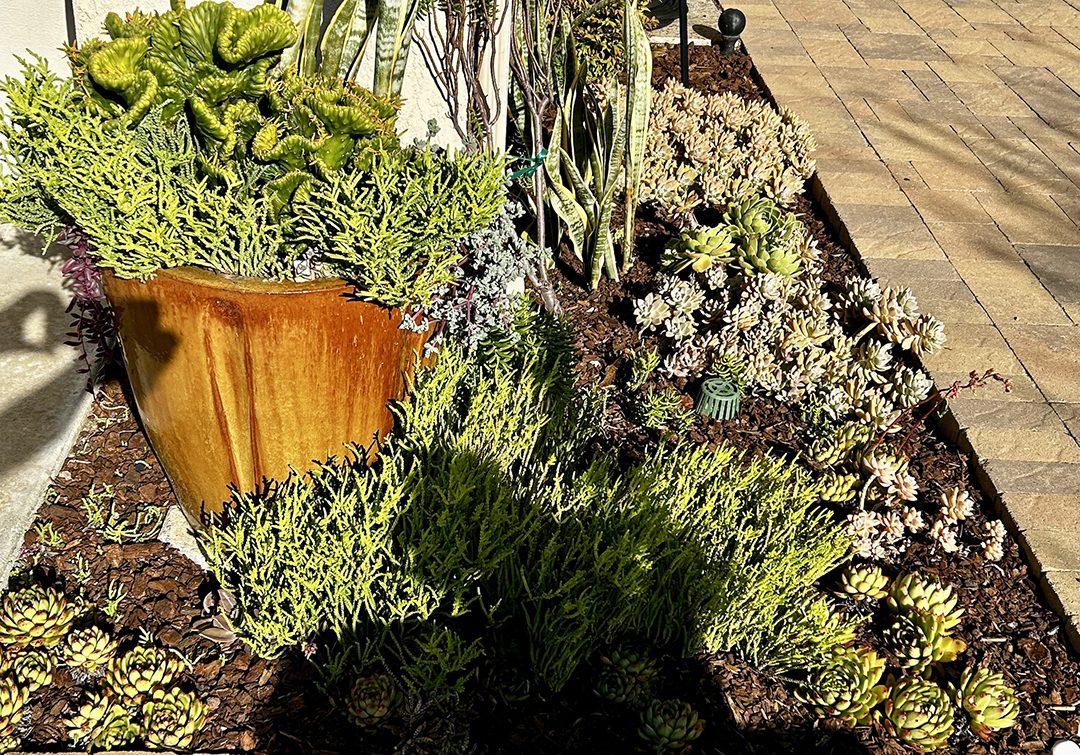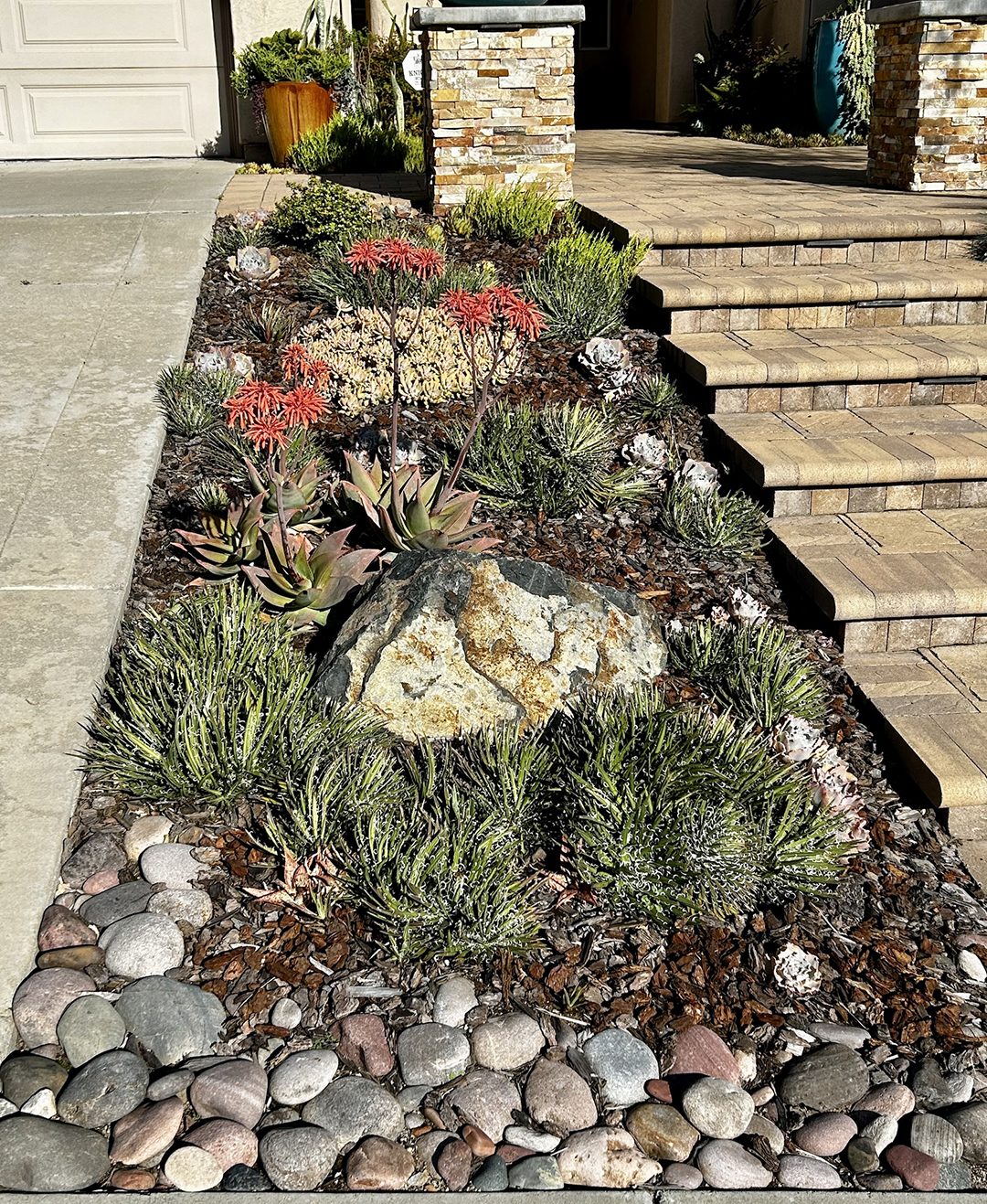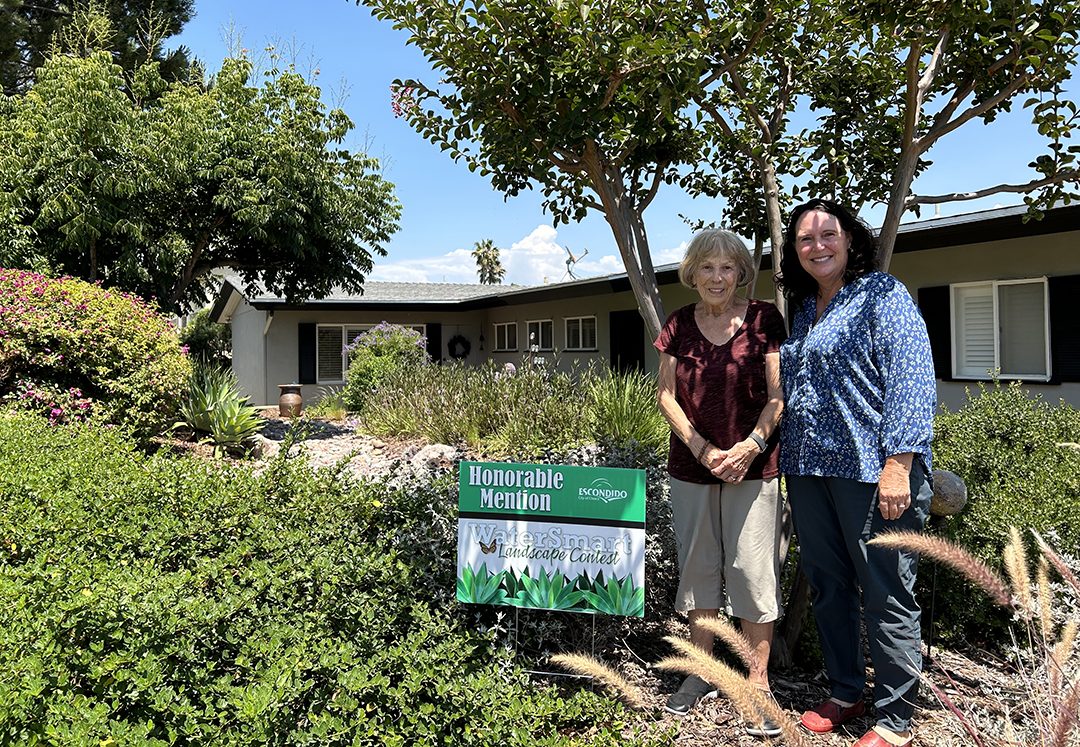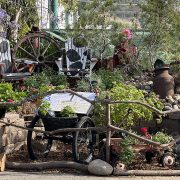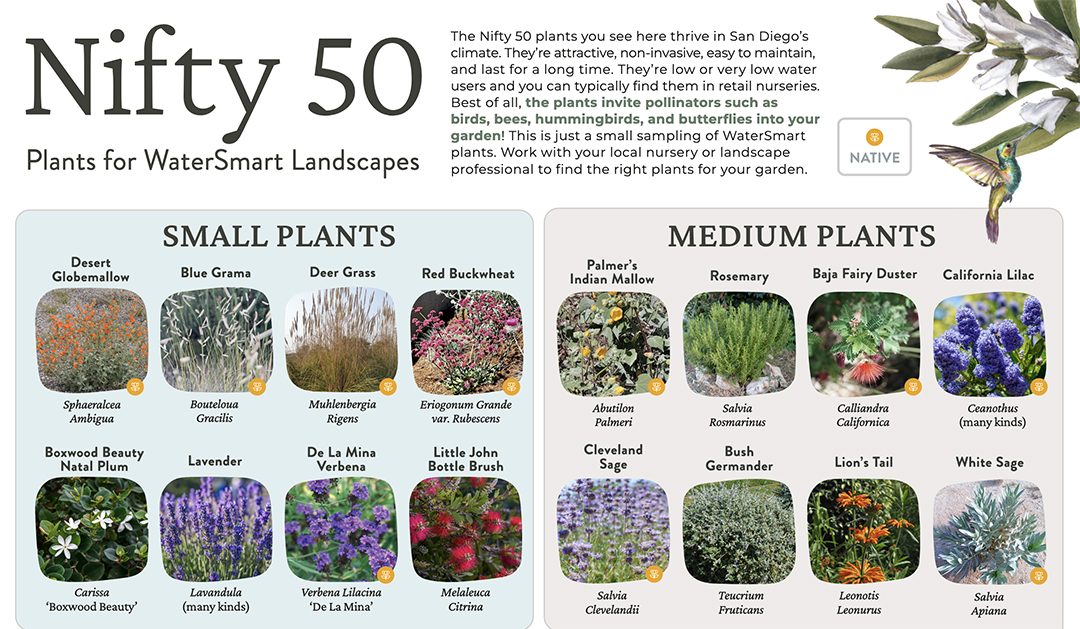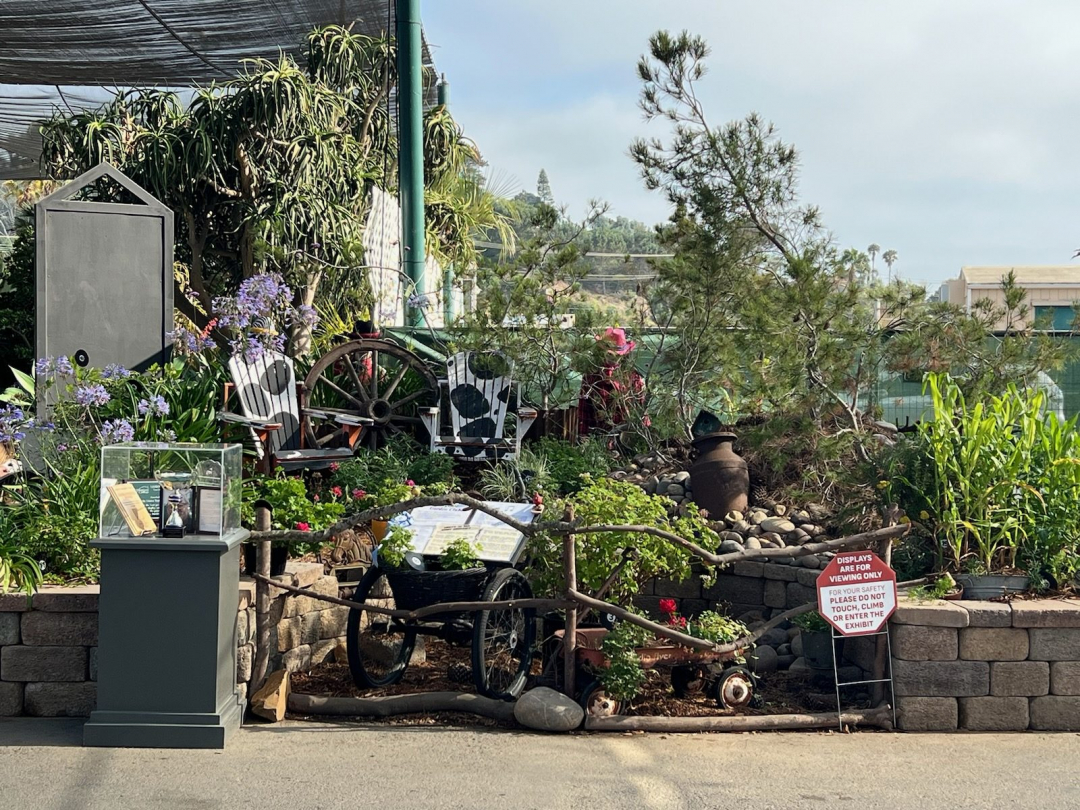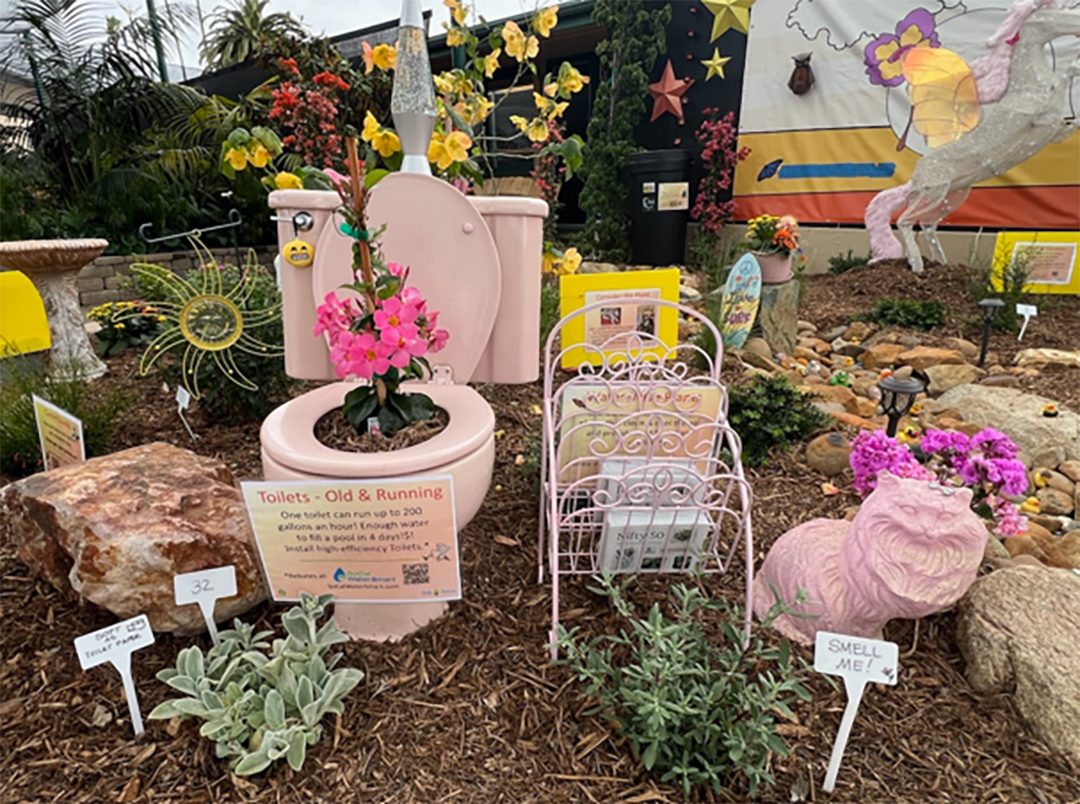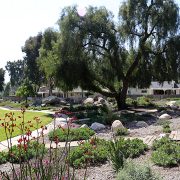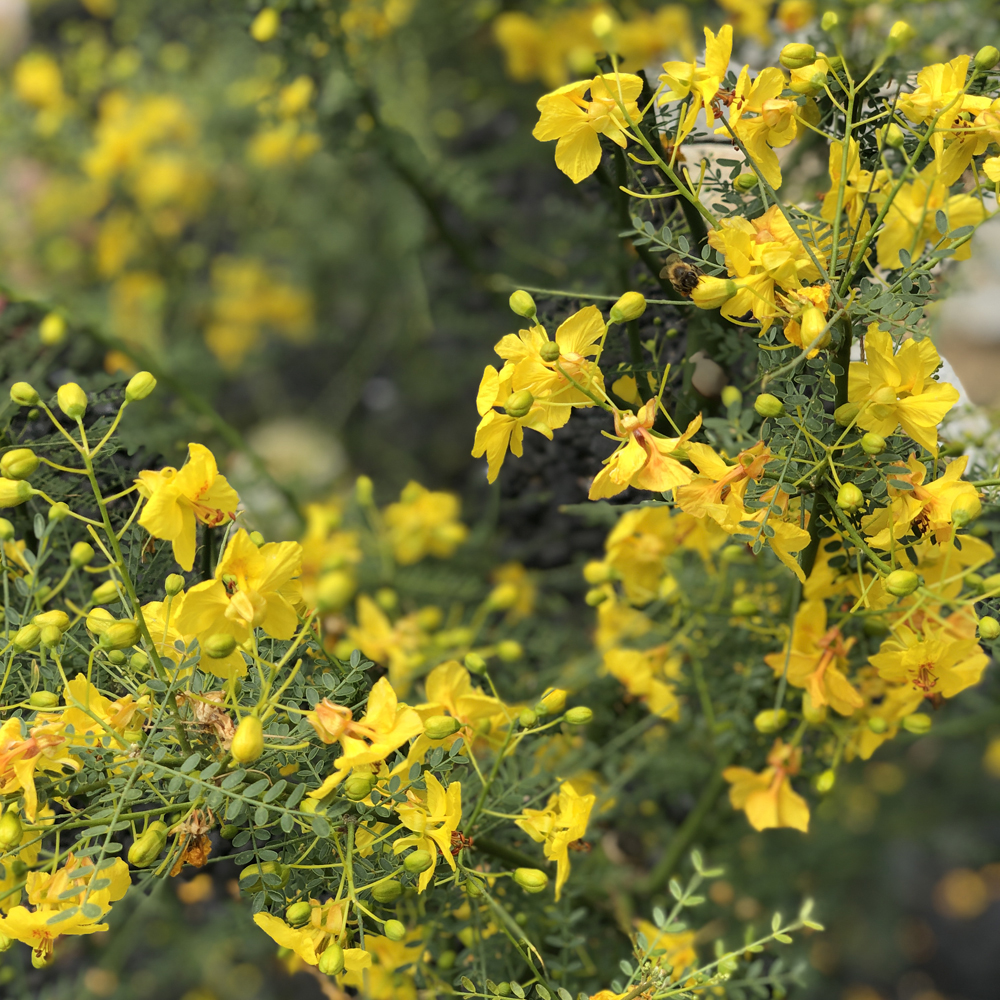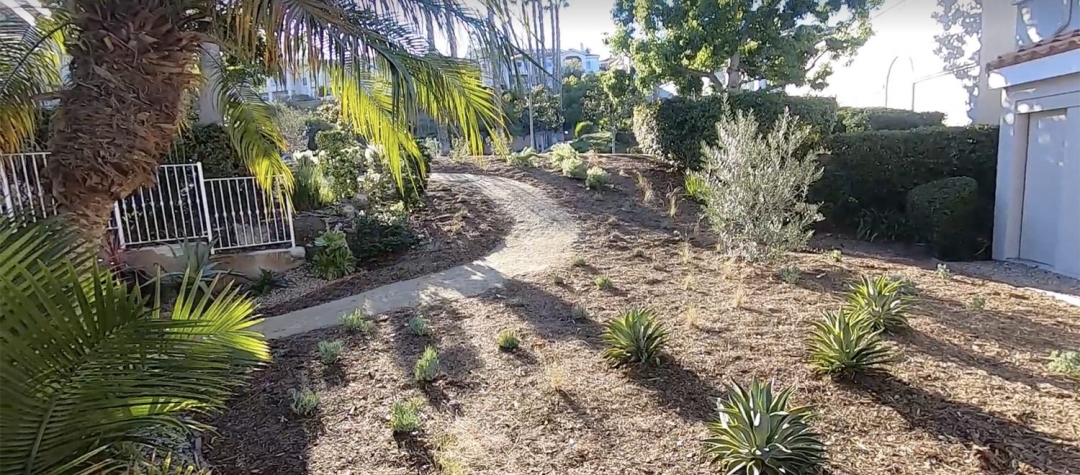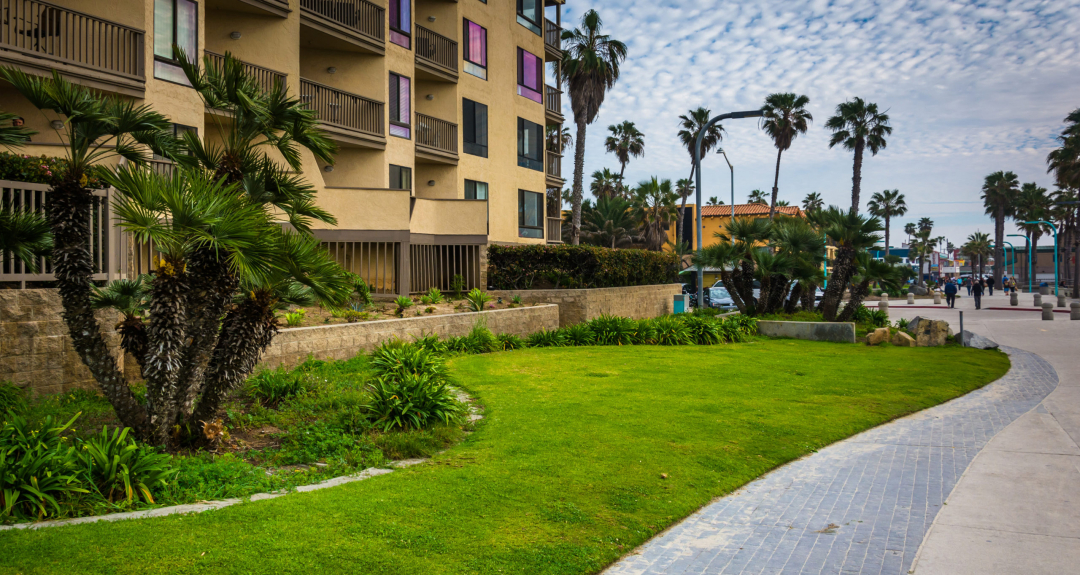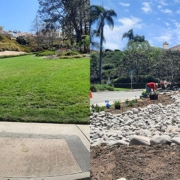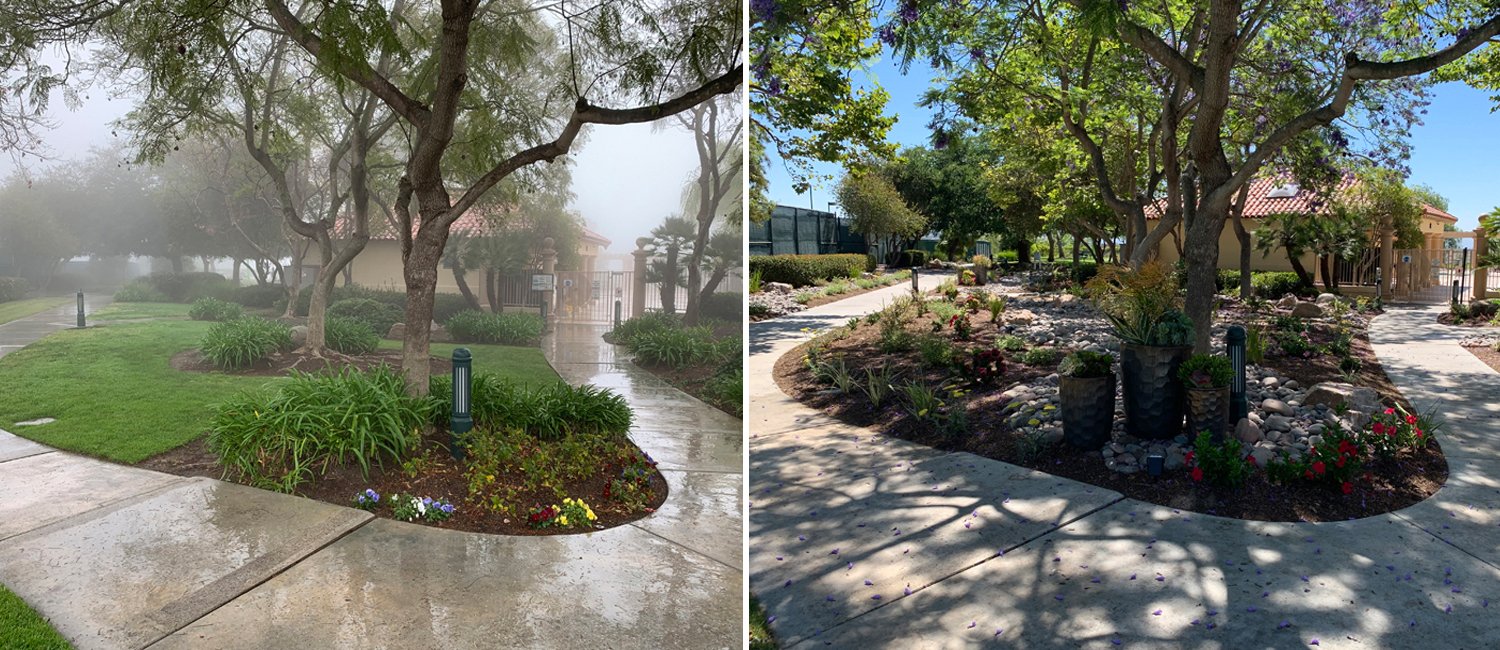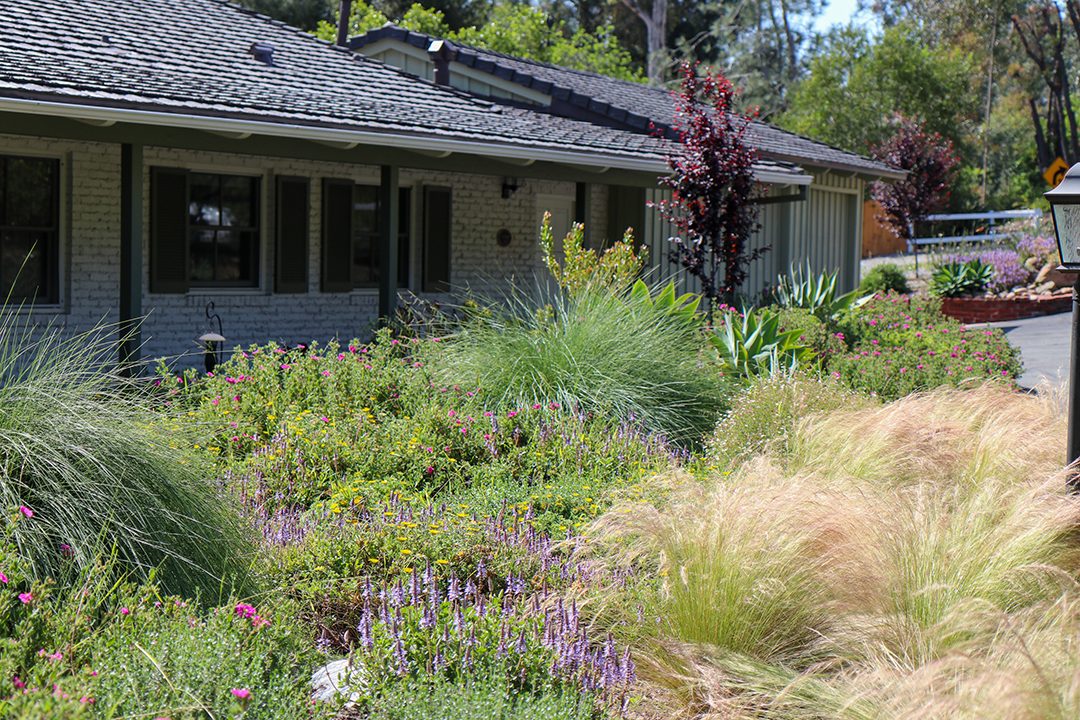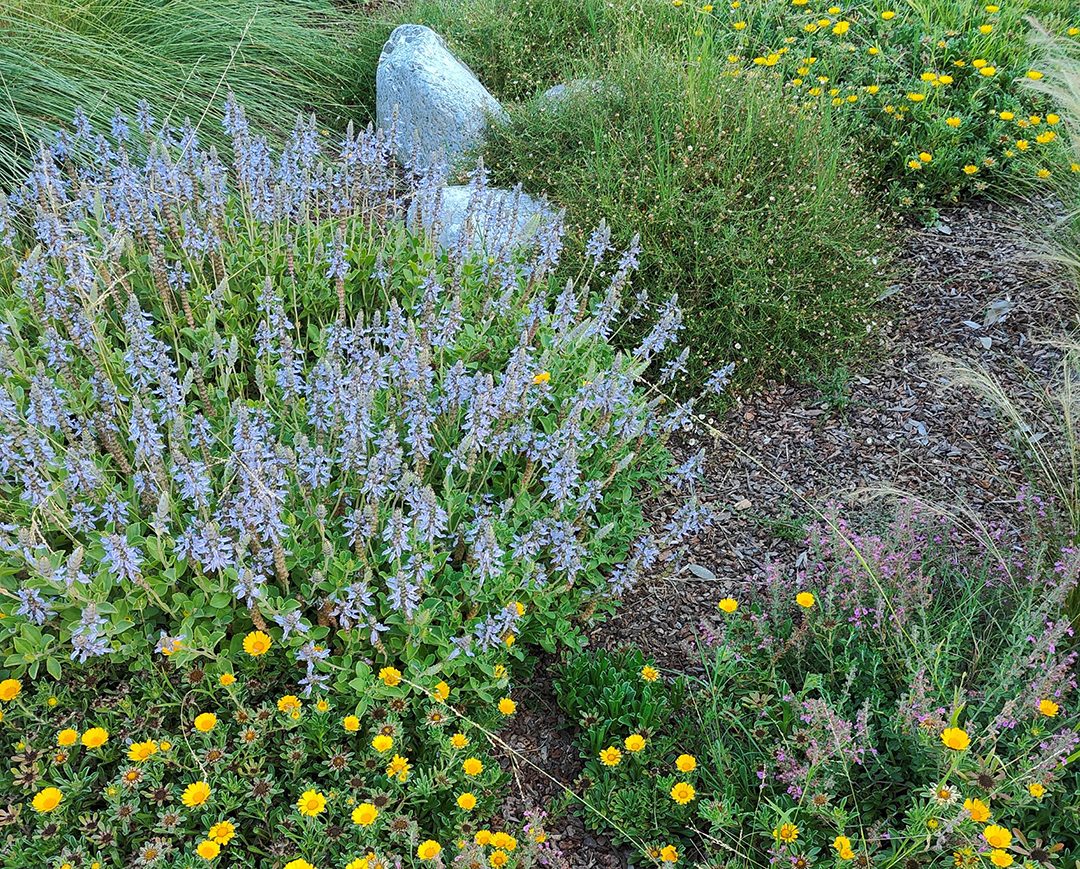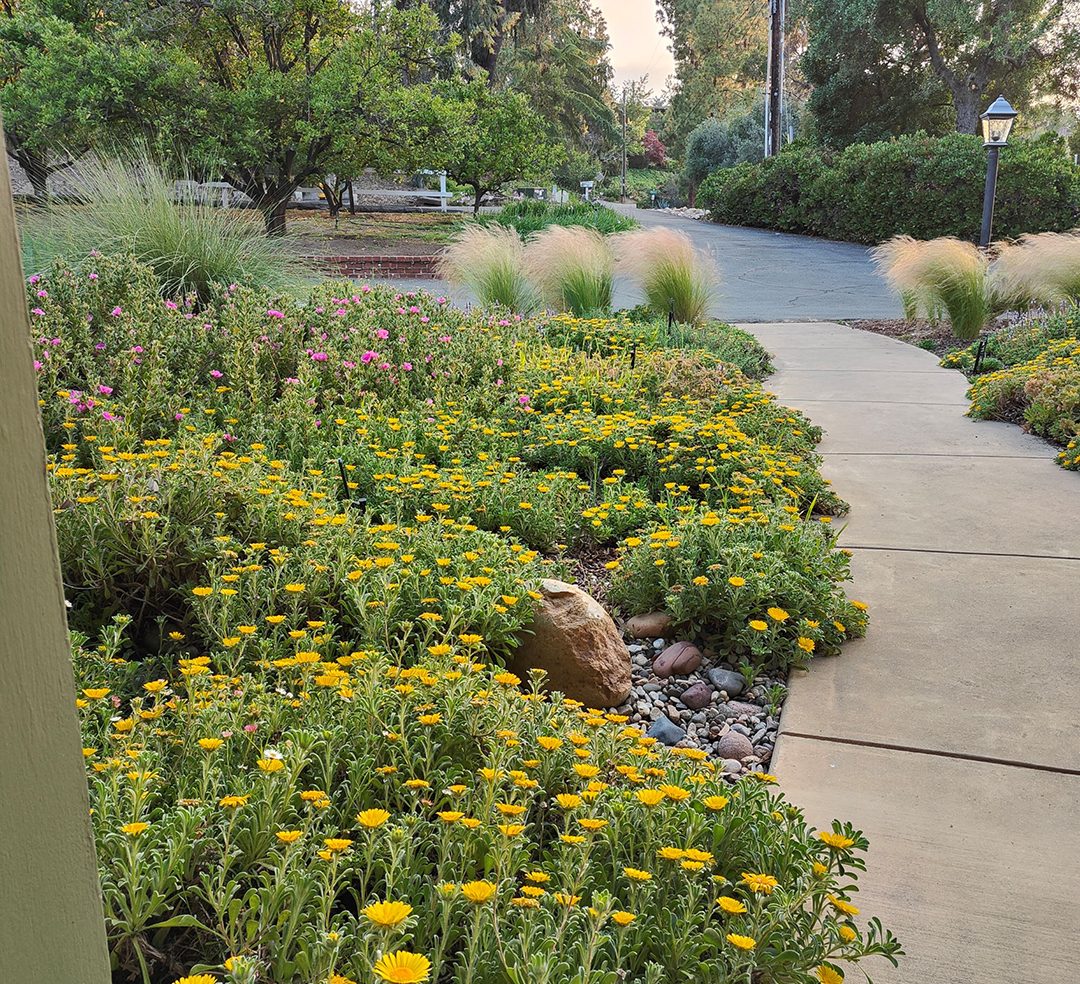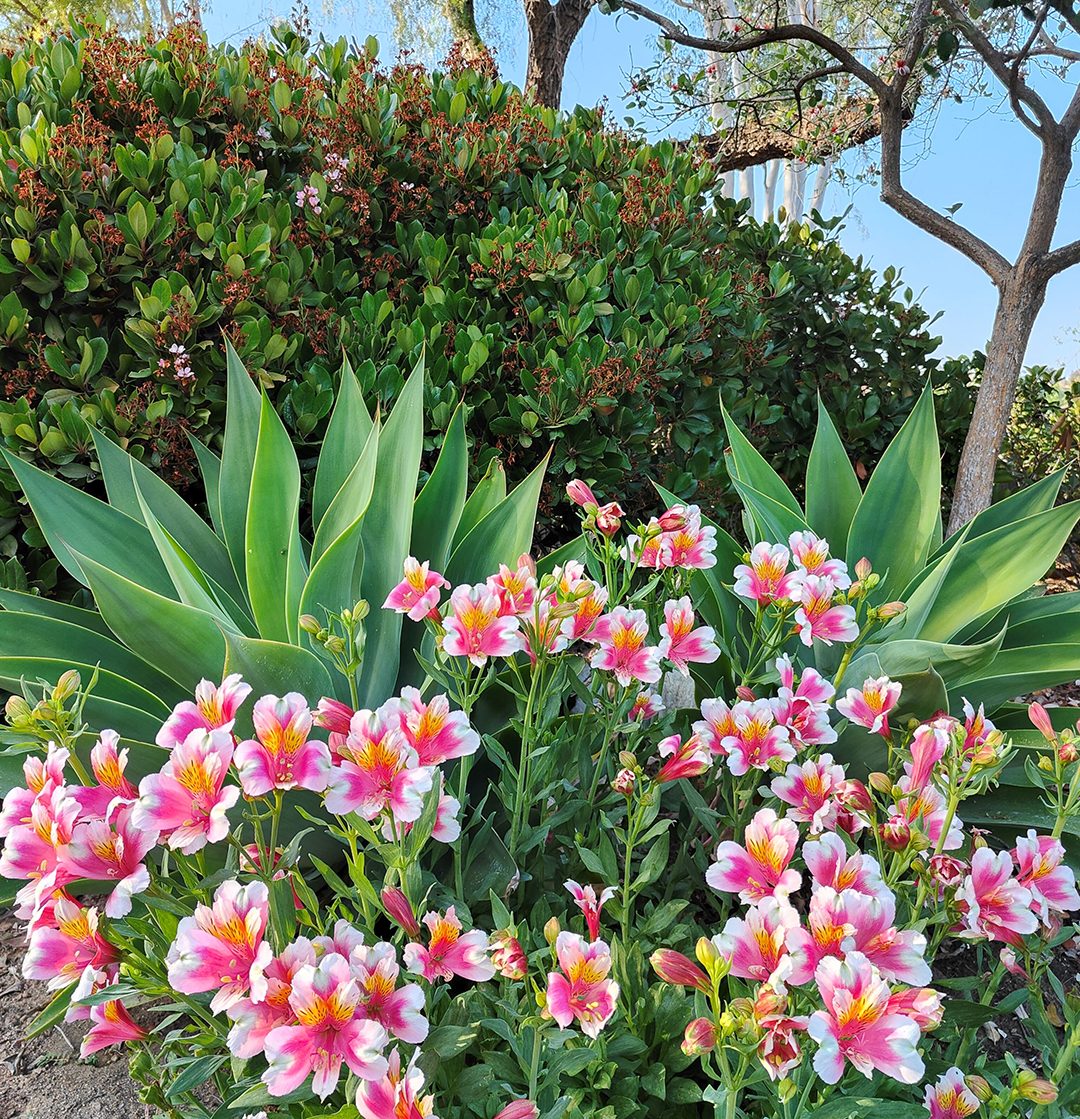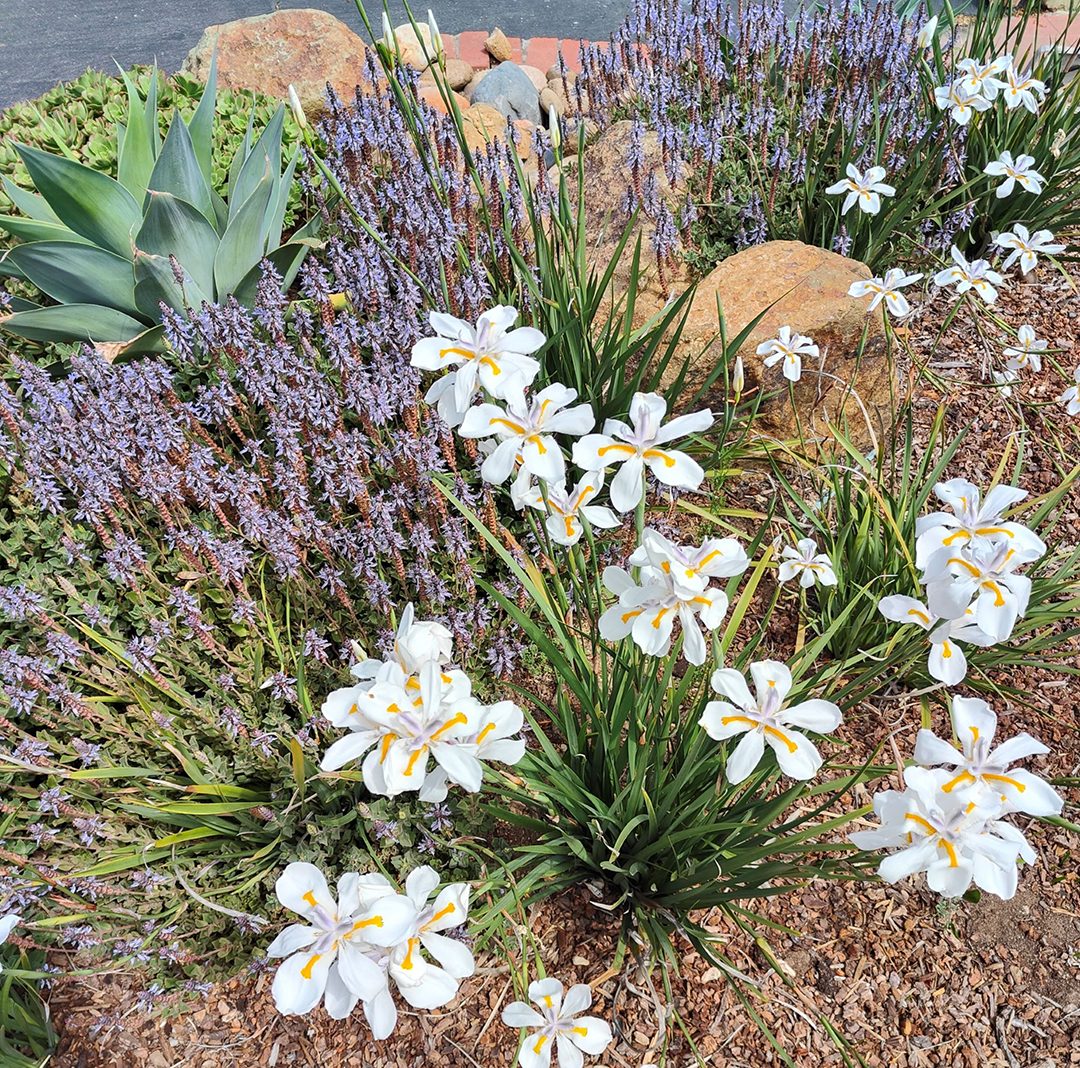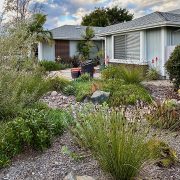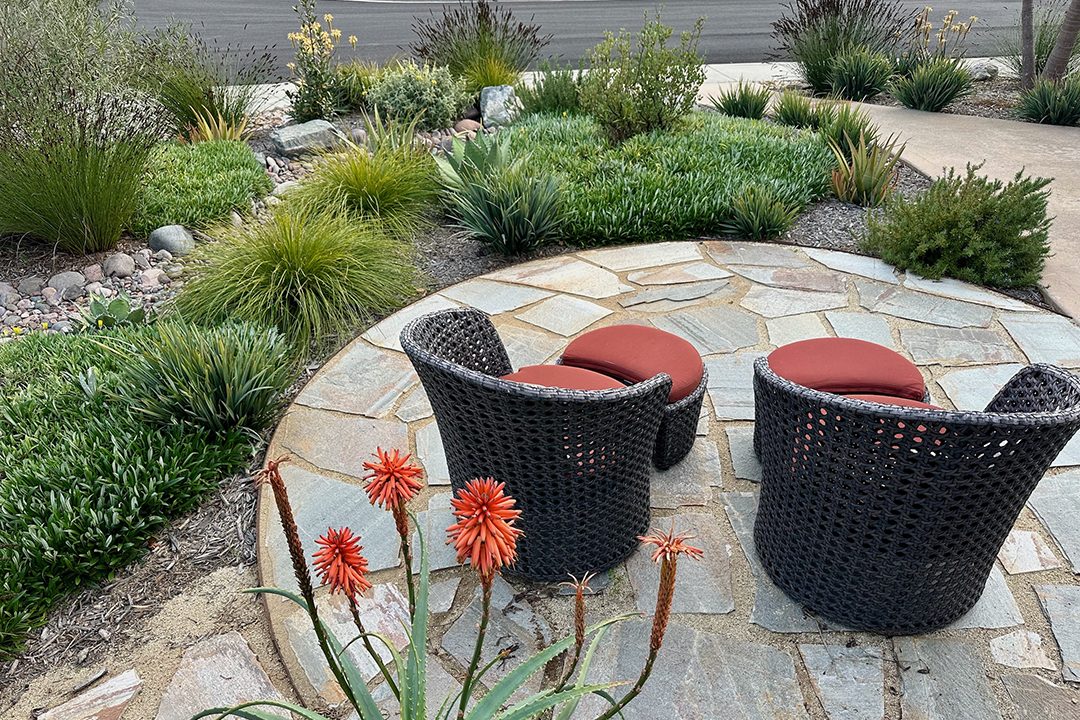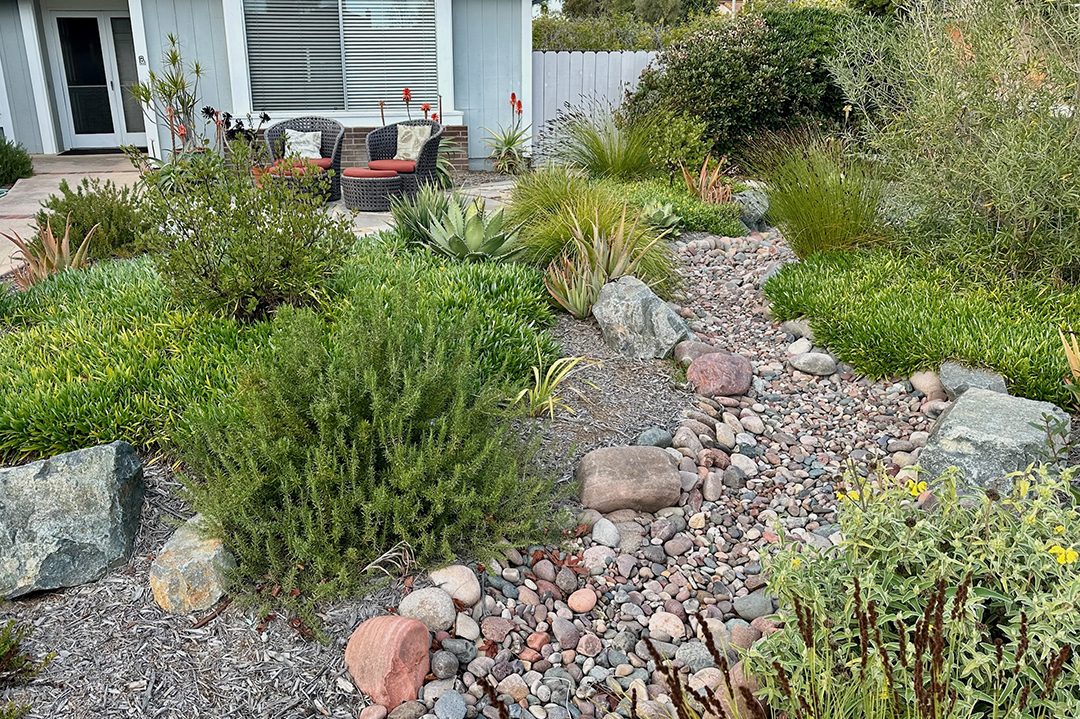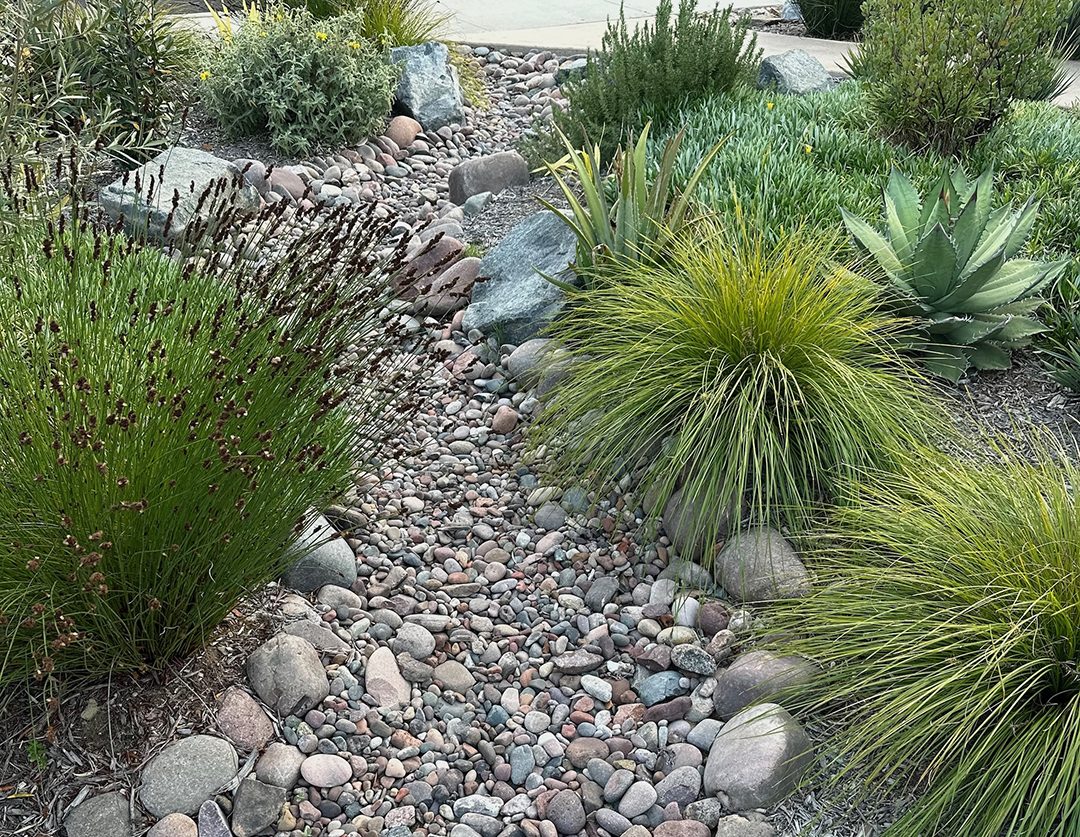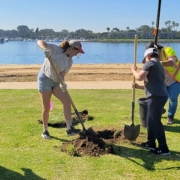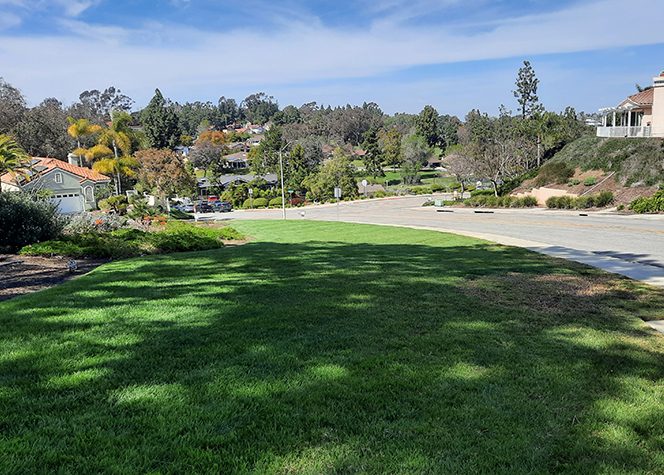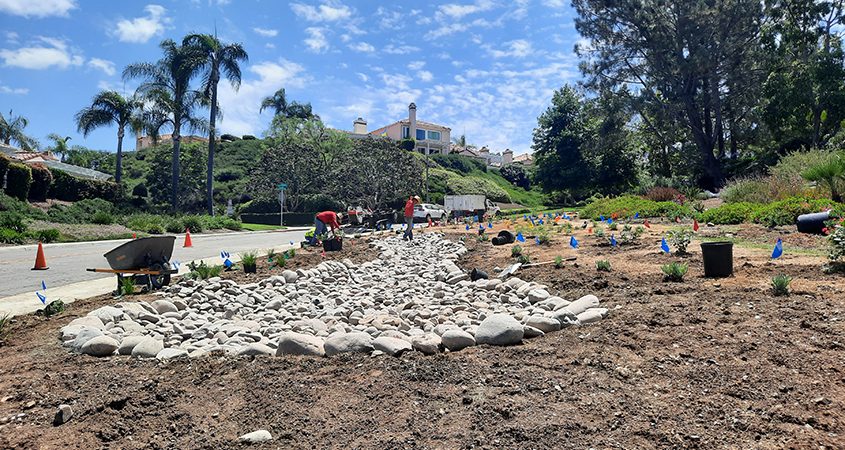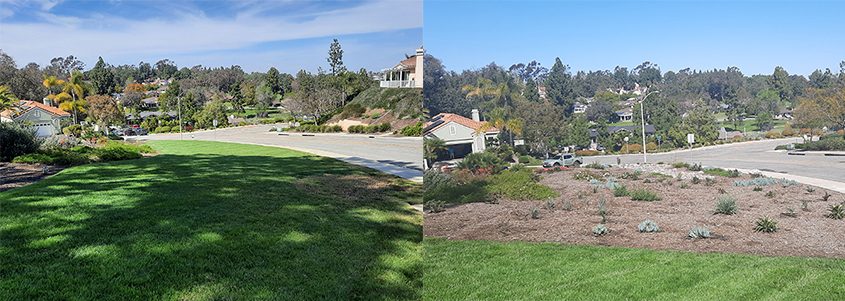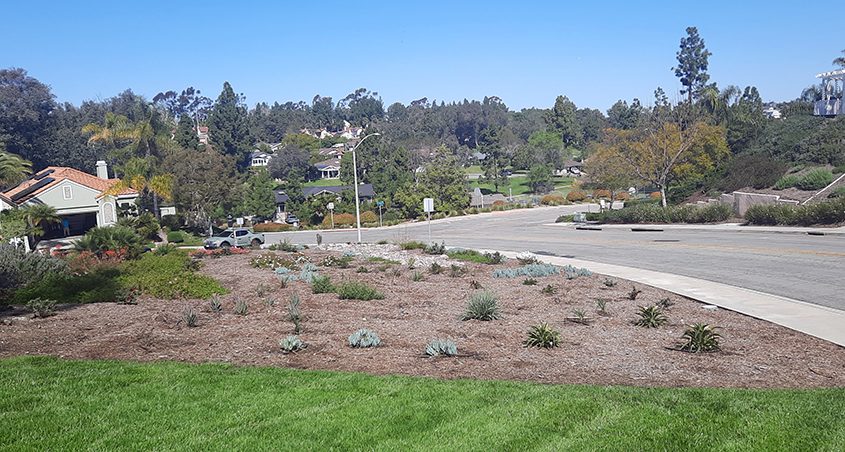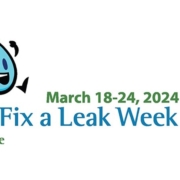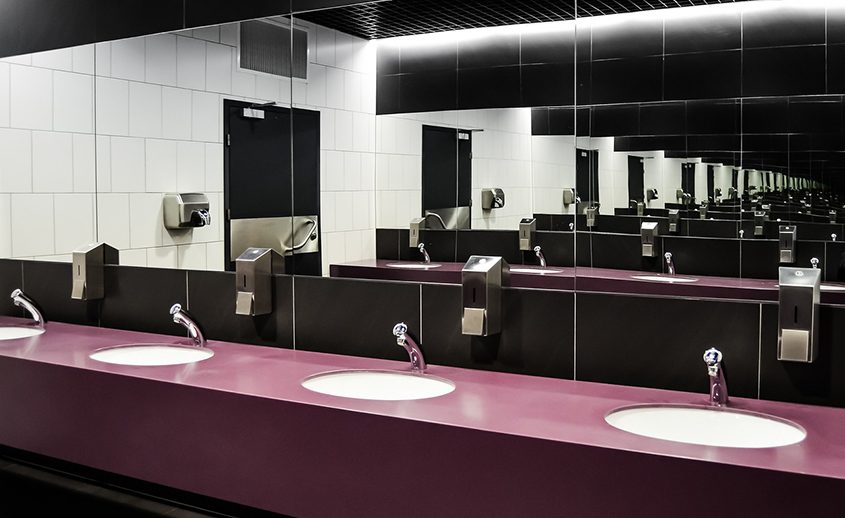With climate change creating new challenges for managing safe and reliable water supplies, trees are increasingly recognized and relied on for their importance in helping mitigate weather extremes and contributing to water conservation efforts.
Trees are among the most valuable investments in San Diego County’s landscape – including your own waterwise landscaping. No other landscape plant plays a more significant role in fighting climate change and managing a healthy watershed.
National Arbor Day on Friday, April 26, presents an opportunity to call attention to the benefits of planting trees. Several Arbor Day promotions and ongoing programs in San Diego County offer support for planting trees, including rebates and volunteer events that let you contribute to the effort to provide more trees.
New Tree Rebate Program Launched By Metropolitan Water District
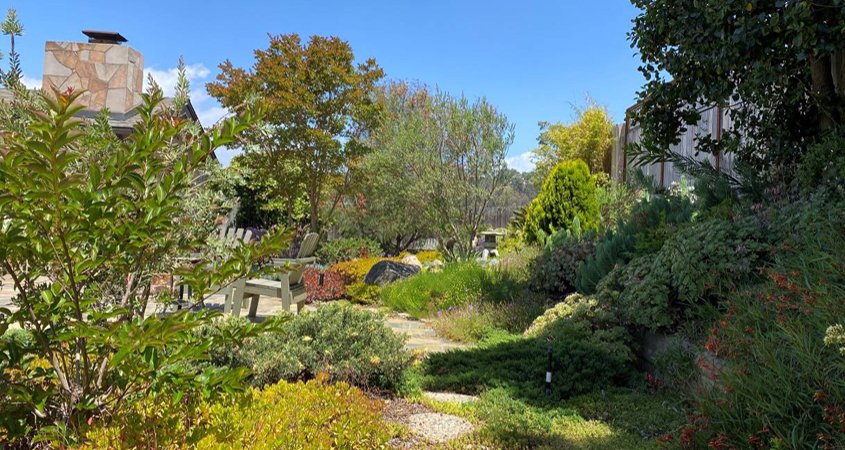
Carefully selected trees are the most valuable addition to your sustainable landscaping. Photo: Helix Water District
The Metropolitan Water District of Southern California launched a new rebate program in March, offering residents and businesses $100 for each eligible tree planted in their yards to replace thirsty grass for more sustainable landscaping.
Metropolitan’s new “tree-bate” provides incentives for up to five trees in residents’ and businesses’ turf replacement projects. The district partnered with TreePeople and local water agencies to identify and recommend trees with lower water use that are appropriate for Southern California’s climate.
Learn about this new rebate and existing rebates at the Be Water Wise website.
SDGE Community Tree Rebate Program
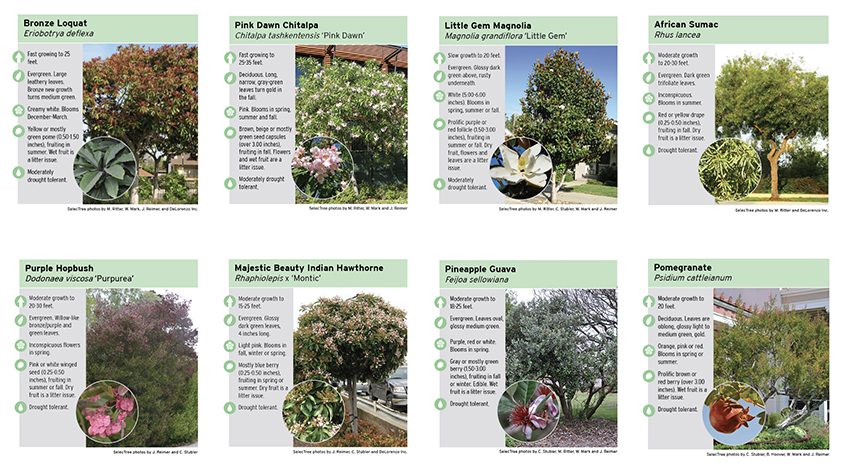
San Diego Gas & Electric offers a tree planting guide through its rebate program. Photo: SDGE
The San Diego Gas & Electric’s (SDGE) Community Tree Rebate Program for Residential Customers allows qualifying residential customers throughout the region to plant trees that provide environmental, health, and economic benefits.
Qualifying customers can receive a $25 rebate for planting or potting a one-gallon tree, a $35 rebate for a five-gallon tree, and a $50 rebate for a 15-gallon tree. Customers can apply for up to five rebates annually. Customers do not need a yard to qualify. Trees can be planted in large containers on outdoor balconies or patio areas.
City of San Diego Arbor Day Event
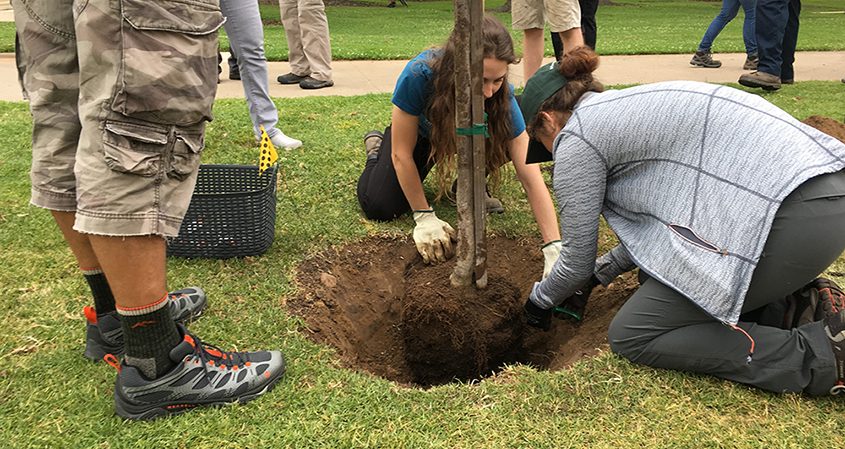
Volunteers are needed for an Arbor Day event to help plant trees at Memorial Community Park. Photo: City of San Diego
On Arbor Day, the City of San Diego’s Urban Forestry Program hopes to plant 100 new trees at Memorial Community Park in Logan Heights. It needs volunteers to help with planting, prepping soil, spreading mulch, and cleanup. Learn more and sign up using this link.
Throughout the year, City of San Diego residents can request a new street tree through Free Tree SD. This program allows residents and the City to work together by increasing San Diego’s tree canopy cover. Residents need to identify a space in the public right-of-way and agree to water the tree for three years. City arborists will evaluate the space and determine an appropriate tree selection. Fill out the Free Tree SD application form on the City’s website to get started.
City of Escondido Celebrates Arbor Day 2024
The City of Escondido needs volunteers to help plant 120 trees for Arbor Day on Saturday, April 27, from 8:30 a.m. to 11:30 a.m. Meet at the House of Prayer Lutheran Church, 795 N. Rose Street. Trees will be planted from Oleander Place to Fern Street between Lincoln Avenue and Mission Avenue. Volunteers of all ages are welcome and are asked to wear comfortable clothing for getting dirty, close-toe shoes, and a hat. Sunscreen is highly recommended. Register on the City website.
City of Vista Residential Tree Giveaway Program
The City of Vista now offers a new Residential Tree Giveaway Program. This initiative is available to Vista residents who own property or have permission from the property owner to plant a tree on the premises. The program is first-come, first-served, and available as long as the funds last. Increasing the local tree canopy on private properties enhances wildlife habitat, mitigates the effects of climate change, and supports the City’s Climate Action Plan goals.
Applications are available now. Since this is a pilot program, it is only available as long as funds last. It was funded through a $50,000 year-end fund balance request, approved by the City Council at the end of 2023. The application form is on the City of Vista website.
County of San Diego Tree Planting Program
The County of San Diego surpassed its goal of planting 10,000 trees in 2023 by adding 11,010 trees, including 5,744 new trees planted at County parks and facilities, 1,637 trees planted through non-government organizational partnerships, and 3,629 trees planted by incorporated cities. The Board of Supervisors has budgeted funds to plant 4,000 trees through spring 2024.
The County has a tree plotter to help staff track tree inventory and plantings regionwide. Residents can participate by reporting trees they plant on their own. Visit the County’s Tree Plotter web page to get started.
The Role of Trees In Preventing Climate Change

Healthy trees fight climate change and cool our cities, provide habitat, and improve the health of our neighborhoods. Photo: Kampus Production / Pexels
The hydrological cycle heavily relies on trees to absorb water in the atmosphere. Trees act as water reservoirs, taking in water from the soil and releasing it through their leaves, a process known as transpiration. The added moisture in the air leads to rainfall and the continuation of the water cycle.
Tree root systems filter and remove pollutants and slow down water absorption into the soil. This process helps to prevent erosion and reduce the risk of over-saturation and flooding.
Trees provide cooling to increasingly hot neighborhoods and cities, and they are among the most efficient tools for removing harmful carbon dioxide that fuels global warming.
San Diego forestry and landscaping professionals work with the San Diego County Water Authority and its 23 member agencies to help protect our region’s trees while conserving water. Find more resources at the Kate Sessions Trees website.
